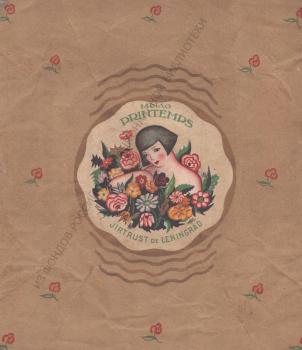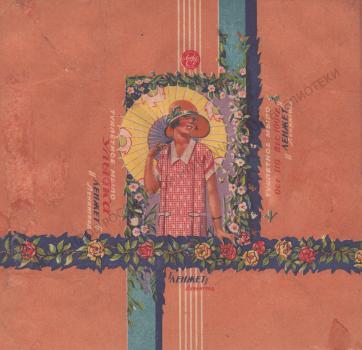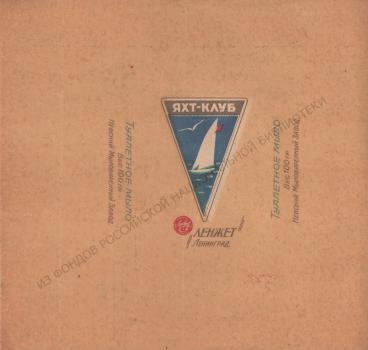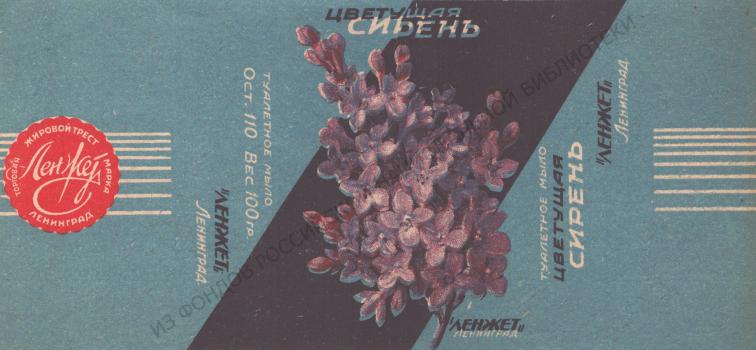Design of Soap Wrappers in Leningrad in the 1920s–1930s
History of the LenZhet trust (1931‑1936)
By 1931, the number of trust employees exceeded 2,700 people. By 1932, LenZhet came under the jurisdiction of the Leningrad Department of the People's Commissariat of Light Industry. The Techno Chemical Plant No. 6 on Obvodny Canal Embankment was included within the trust instead of the Aromatic Substances Factory No. 7. At the same time, Perfume Factory No. 4 (in the second half of the 20th century it would become known as the Northern Lights) changed its historical location, moving to the board of the trust, on Marata Street. It was concluded that "the production of perfumes, made mostly using manual labor, requires the usage of machines to replace human labor, especially in the context of the current high rates of development. The factory premises were unsuitable for this, as a result of which it was moved to the premises of the former tobacco factory"36 .
All enterprises of the LenZhet trust had its own specialization in the 1930s. Toilet soap was produced only by the Nevsky Soap Factory, which also produced laundry soap (about 50 tons per day37), shaving soap powder and technical glycerin. The Karpov Soap Factory produced solid and liquid laundry soap and washing powder. The Perfume Factory No 4 made perfumes and cosmetics.
Techno Chemical Plant No. 6 initially produced laundry soap, washing powder and sealing wax. Then, already under the name of the State Factory of Aromatic Substances No. 6, it focused on the production of synthetic essential oils for the soap and perfume industries. In Leningrad, with its developed chemical industry, it was important to produce synthetic aromatic substances, since the local flora is not characterized by the diversity of plants needed.
The Salolin Plant manufactured salolin, that is, it converted vegetable oils with hydrogen into solid fats for the needs of the fat and food industries. The Bone Processing Plant made bone glue and bone meal38, and the Gelatin Plant produced food, technical and photographic gelatin.
Since the development of production and sales of tooth powders was hampered by the lack of toothbrushes, the LenZhet in 1931 launched to produce them at Perfume Factory No. 4 and in 1932. increased manufacturing to 360,000 pieces; further growth was hampered by the lack of the required amount of bristles and celluloid. At that time, the rationalization sector of the LenZhet trust focused inventive activity on two problems related to toothbrushes. The first task was to switch to stamped handles to save time, the second was to use another plastic instead of celluloid which was expensive, deformed in hot water and had a camphor smell.
To make soap, the LenZhet trust bought "fats, various fat wastes, wight resin, soda products and various chemical products", "bones, the inner side of hides"39. One of the methods for obtaining fats was described in the magazine “Our Achievements” for 1931 in an article about the Kitchen-factory, “The dishwasher has a grease trap. In a month, the Kitchen-factory collects 700-800 kg of dish fat through a grease trap, from which LenZhet produces the best varieties of soap, Vaseline soap and other perfume products. 40.
By 1933, the trust was under the Association of the Soap, Perfume and Cosmetic Industry (OMPK) of the People's Commissariat of Light Industry of the RSFSR, which served as "a syndicate: supply local trusts, sold products, was engaged in capital construction and republican planning»41. However, OMPK was liquidated in August 1933, and planning of the fat industry was transferred to the People's Commissariat of Supply of the USSR. Soap and perfume production was now concentrated in local industry42, and in September 1933, LenZhet was a local fat industry trust43. Also in 193, Gelatin and Bone Processing Factories that processed materials of animal origin ended up under the jurisdiction of the Bone Processing trust.
During the second five-year plan (1933-1937), the soap industry of the USSR was given "serious tasks to <…> “overtake and outstrip the advanced capitalist countries in the shortest possible time. Cleaning products should play an important role in raising the cultural level of the country. The task of the soap industry <…> is to fully ensure basic hygienic conditions for the population. <…> The perfumery and cosmetics industry, which has undoubted prospects for its development, needs to restructure its product range in favor of hygiene and sanitation products" 44. The LenZhet trust, in addition, should strive to "create high-quality products that satisfy not only Leningrad, but also other regions of the Union."45.
In 1934, the LenZhet came under the newly established People's Commissariat of the Food Industry. Perhaps it was then that four factories that previously belonged to the Leningrad State Oil Mill Trust were transferred to the trust 46.
Judging by the abbreviation "NKPP" (People's Commissariat of the Food Industry) on the wrappers for Bliss, Cold Cream, Fresco, Marine, Ideal soaps, they date back to the mid-1930s. Paper wrappers, unchanged since 1927-1928, continued to be used along with new wrappers for new varieties of soap. In 1934, the LenZhet trust began to produce cellophane for packaging perfume products for the first time in the USSR 49.
By 1935, there were fourteen stores of the LenZhet trust in Leningrad (eight more than in 1928) and six stores of the Moscow TEZHE trust 50. At the beginning of December 1935, an exemplary perfumery store of the LenZhet trust, which sold the entire range of its products, opened in Moscow on 20, Kirova Street51. The Pravda newspaper annouced the event, "This will be one of the best stores in Moscow. All its furniture is made of polished plane tree, the walls are of polished beech. The top of the walls are decorated with wooden panels with artistically carved roses. Antique vases are placed in the niches of the walls on pink marble pedestals. Between the niches are display cabinets with goods framed by plane tree columns. The inside of the store is very spacious, there are no continuous counters, instead of them there are separate glazed cabinets, which at the same time serve as showcases"52. The trust took care of advertising this store in advance, placing information about it in the guidebook “Moscow Culture & Recreation Parks” issued for the summer season of 193553.
By 1936, the All-Union LenZhet Trust for Haute Perfumery produced toilet soaps, perfumes, cologne, powder and cosmetics. It consisted of seven enterprises: Perfume Factory No. 4, Aromatic Substances Plant, Karpov Soap Factory, Nevsky Soap Factory, Salolin Hydrogenation Plant, as well as Red Star Creamery No. 5 and Creamery No. 7. The trust's offices were located in Moscow and other Russian cities, as well as in a number of republican capitals; the retail trade network covered the entire USSR 54.
In the report on January 16, 1936, People's Commissar of the Food Industry A.I. Mikoyan spoke about the Moscow and Leningrad trusts: "We have set ourselves the task of improving the quality of our perfumery and cosmetics products. Comrade Zhemchuzhina, the head of the TEZHE trust, works great and vigorously fights to improve product quality. The LenZhet trust also began to work better in Leningrad, led by comrade Shaposhnikova. The TEZHE and LenZhet are <…> undoubtedly, will soon make such perfumes and such cosmetics that our Soviet women will no longer envy the owners of Parisian perfumes and powders."55. The trust leaders he mentioned were the wives of Soviet leaders: Polina Zhemchuzhina (1897-1967, real name Karpovskaya) was the wife of the chairman of the Council of People's Commissars of the USSR V. Molotov, and Lyudmila Shaposhnikova (1895 ‑1942) was married to the second secretary of the Leningrad Committee of the Communist Party M. Chudov.
At that moment, at the beginning of 1936, both of them were abroad "to study the work and technology of the soap and cosmetics industry, as well as to purchase equipment. The commission included the head of the TEZHE comrade P. Zhemchuzhina, the head of the LenZhet; trust comrade Shaposhnikova, technical director TeZhe comrade Weinstein and chemical engineers comrades Loshakov, Guseva, Arsenyev and Shapiro"56.
The commission spent four and a half months abroad, of which about two months – in Germany and France. Then Soviet representatives moved to the USA. February 20, 1936. President Roosevelt received leaders of the TEZHE and LenZhet trusts at the White House, then they were invited to breakfast with the president’s wife57. P. Zhemchuzhina recalled: "Comrade Shaposhnikova (the head of the LenZhet trust) and I were received very kindly by US President Mr. Roosevelt and his wife. Mrs. Roosevelt impressed us as a highly cultured and energetic person. She often travels around cities where she gives lectures. Mrs. Roosevelt asked about the cultural growth of women in the Soviet Union"58.
Members of the commission visited the largest foreign soap, perfume and cosmetic factories. They were also interested in design issues: «No less attention is paid to the design of the products. Specially selected artists develop designs for bottles, stoppers, labels, and boxes in every detail. Not only chemists, but also artists gained fame for French perfumes. <…> But… The packaging and design of our perfumes did not arouse not only delight, but even slight approval among the French. If we managed to achieve a high level in perfume composition, then in packaging and design the TEZHE and LenZhet trusts cannot succeed on their own. The paper industry and the glass industry do not provide us with high-quality products. <…> Perfume cases are made of greyish, unsightly cardboard (and there isn't enough of it!). This design does not satisfy our cultured consumer!"59.
During the trip, synthetic aromatic substances and natural essential oils were commissioned for Soviet enterprises, as well as various machines: for stamping and wrapping soap, for distilling fatty acids, for producing cardboard boxes for powder, for making glass bottles and for filling bottles with a narrow throat. By mid-April 1936, members of the commission returned to the USSR60.
In two more months, the Main Directorate of the Perfume, Cosmetic, Synthetic and Soap Industry was established as part of the People's Commissariat of the Food Industry, and P. S. Zhemchuzhina was appointed head of it. All enterprises that were previously part of the TEZHE and LenZhet trusts (except for its oil mills) were transferred to it 61. A. I. Mikoyan set a task for the new Directorate, "to give the country, give the Soviet woman not only good soap, but also good perfume, good tooth powder, good creams, in a word, everything that is needed for the hygiene of the human body, give it in abundance and in quality no worse than the best Parisian samples." 62.
The recent heads of the trusts soon received high awards: each of them was awarded the Order of the Red Banner of Labor by the resolution of the Central Executive Committee of the USSR dated August 1, 193663. Since November 1937, P. Zhemchuzhina became Deputy People's Commissar of the Food Industry, then held other posts, until in 1949 did not end up in exile, from which she returned in 1953. The fate of the former head of the LenZhet trust L.K. Shaposhnikova, who became the director of the Leningrad factory "Red October" was different: in July 1937, she was arrested in connection with the arrest of her husband, and shot in May 1942.
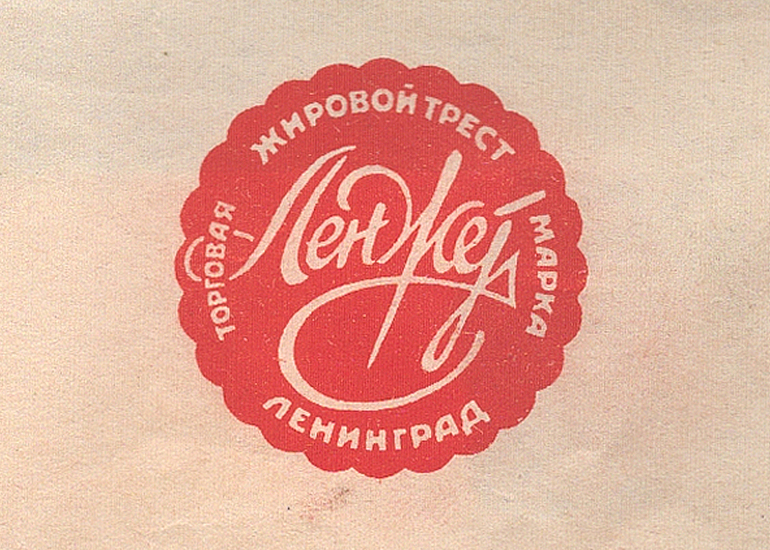

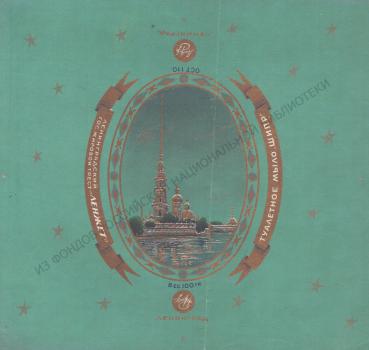
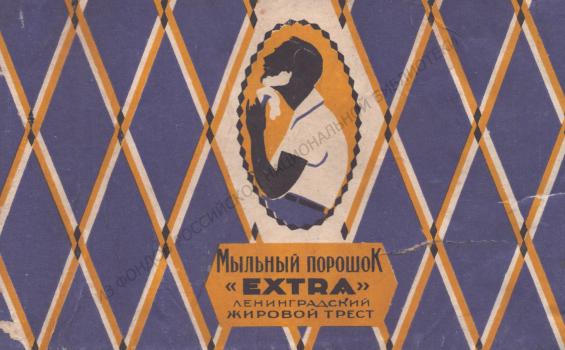
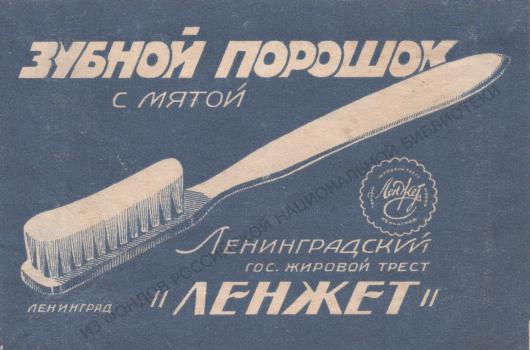
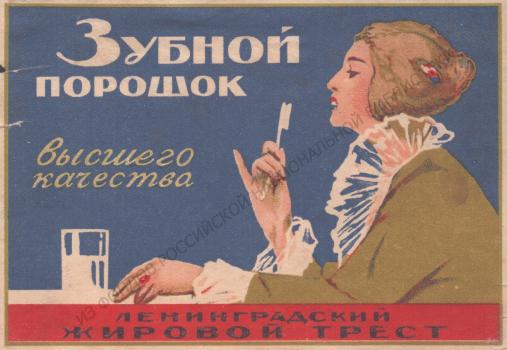
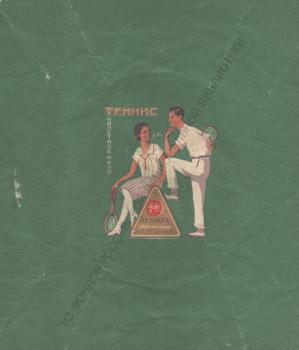
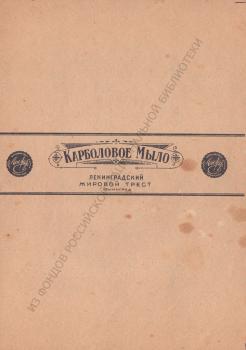
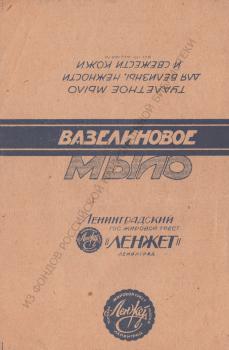
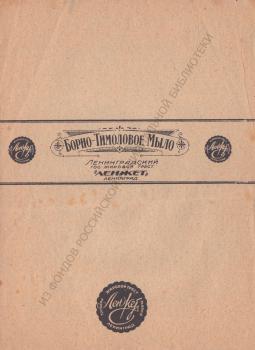
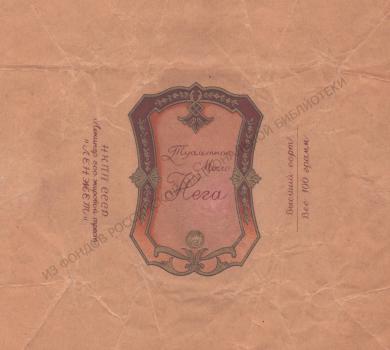
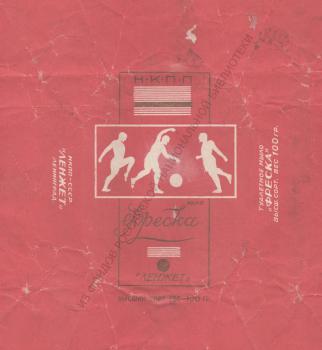
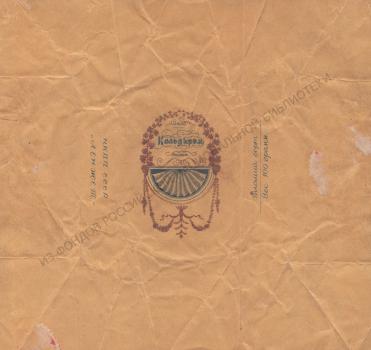
![Ideal: [soap] Ideal: [soap]](/ve/dep/artupload/ve/article/RA7618/MA70771/s_NA76522.jpg)

